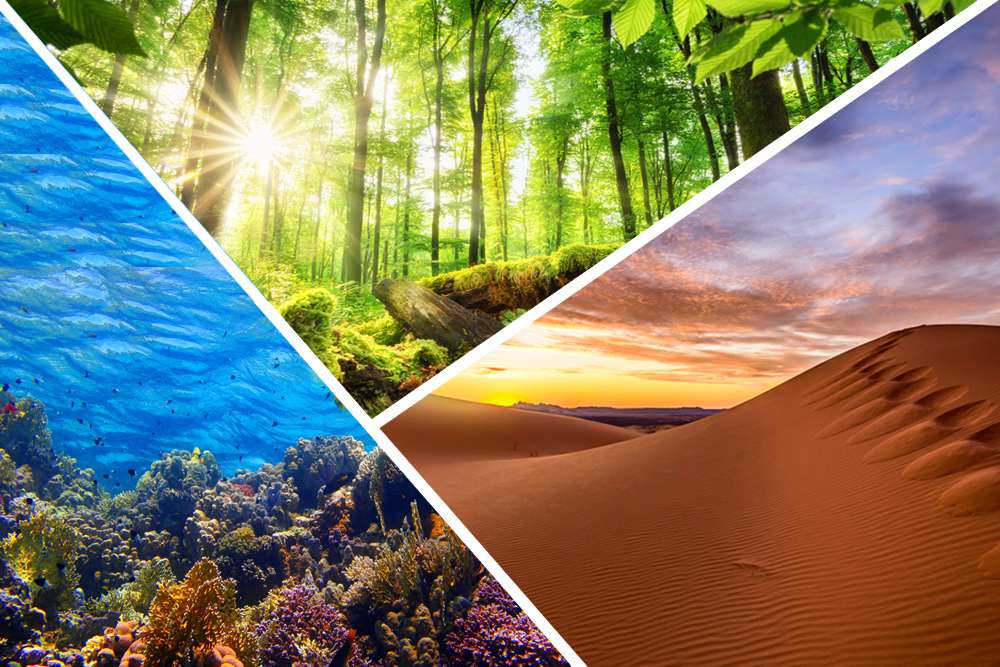The German biologist Ernst Haeckel in 1869 coined the word “Ecology” combining two Greek words – oikos, meaning “household” or “home” and logos, meaning “study of” – to coin ecology, the science that deals with the study of organisms in their natural home interacting with their surroundings ie., other living organisms and physical components. Ecology examines the life histories, distribution and behaviour of individual species as well as the structural and functions of a natural system in terms of population, communities, ecosystems and landscape. In 1935 essay the English biologist Arthur Tansley proposed the concept of an energy model involving “ecosystems” and “energy”. Tansley (1935) described an ecosystem as a group of biotic communities of species interacting with one another and with their non-living environment exchanging energy and matter. On the energy model, the ecological whole is to be understood as an energy system or circuit. Just as the physicist studies the flow of energy through a physical system, the ecologist studies the flow of energy through an ecosystem. The language of food chain is replaced with the mathematically more precise language of chemistry nd physics. The ecosystem appears as just another physical, mechanical system. Ecosystem is necessary for the maintenance of life on Earth. For an ecosystem to function, both input and output environments are important. The flow of energy, the cycling of materials and community are the components for making an ecosystem functional. The living community of plants and animals in any area together with the non-living components of the environment such as soil, air and water, constitute the ecosystem. Ecosystems are divided into terrestrial or land based ecosystem and aquatic ecosystem in water. These form the two major habitat conditions for the Earth’s living organisms. At global level thin mantle of the earth on the land , the sea and the air, forms the biosphere. At a sub-global level, this is divided into bio-geographical realms.eg. Eurasia called the palaeartic realm; South and South-east Asia of which India form a major part is the Oriental realm; North America is the Nearctic realm; South America forms the Neotrophical realm; Africa the Ethiopian realm; and Australia the Australian realm.
At the national level or state level, this forms biogeographic regions. There are several distinctive geographical regions in India-the Himalayas, the Gangetic Plains, the Highlands of Central India, the Western and Eastern Ghats, the semi-arid desert in the West, the Deccan Plateau, the Coastal Belts, and the Andaman and Nicobar Islands. These geographically distinctive areas have plants and animals that have been adapted to live in each of these regions.


